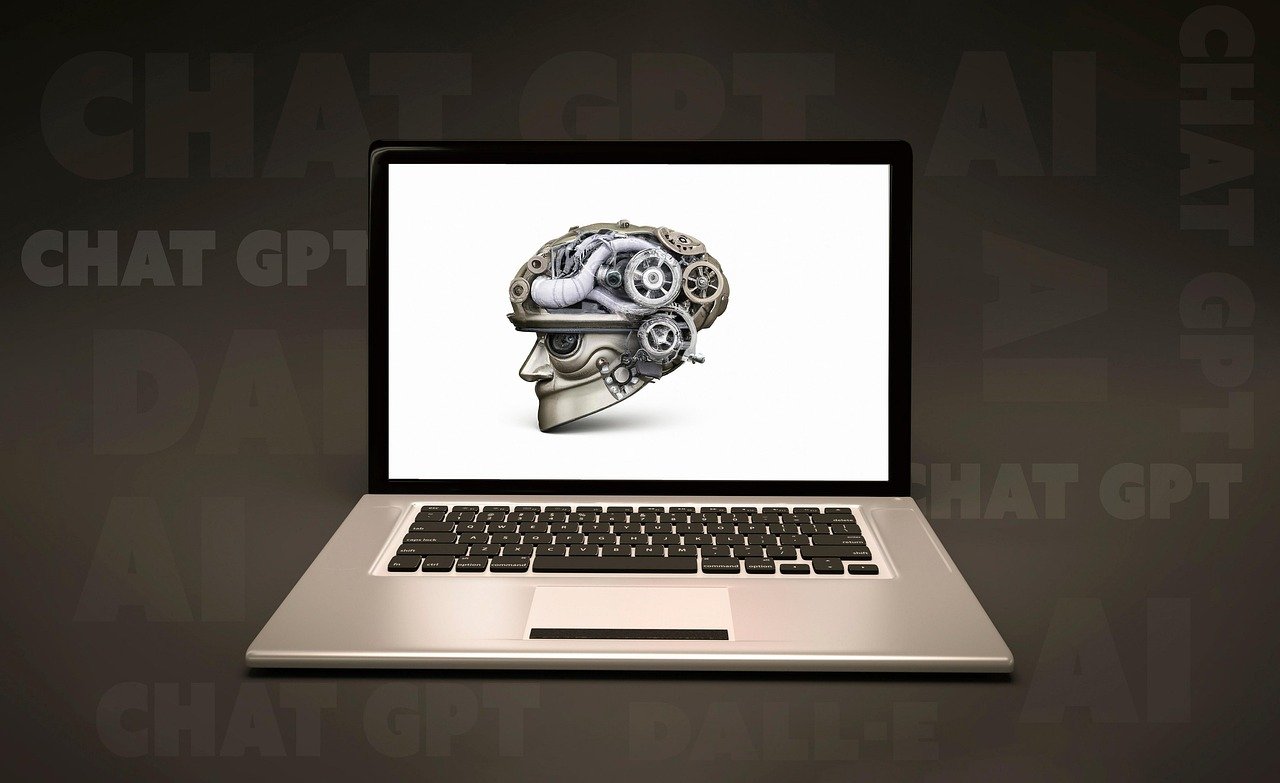AI is no longer a futuristic fantasy; it’s a present-day reality revolutionizing industries across the board. However, building a groundbreaking AI model is only half the battle. The true value lies in successfully deploying that model into a real-world application where it can generate tangible results. This blog post will delve into the intricacies of AI deployment, exploring the key considerations, challenges, and best practices for bringing your AI creations to life.
Understanding AI Deployment
AI deployment refers to the process of integrating a trained AI model into a production environment where it can interact with real data and users to solve specific business problems. It’s not simply about uploading code; it encompasses infrastructure setup, model monitoring, continuous integration, and addressing potential ethical concerns.
Why is AI Deployment Critical?
- Value Realization: Deployment is where AI models translate into business value, generating insights, automating tasks, and improving decision-making.
- Competitive Advantage: Effective AI deployment can lead to significant competitive advantages through optimized operations and innovative new products and services.
- Scalability and Efficiency: Properly deployed AI models can scale to handle large volumes of data and automate complex processes, increasing efficiency and reducing costs.
- Feedback Loop for Improvement: Real-world data gathered during deployment provides valuable feedback for model retraining and improvement.
Key Considerations Before Deployment
- Defining Business Objectives: Clearly articulate the specific business problem the AI model aims to solve and how success will be measured. For example, are you aiming to reduce customer churn by 15% or automate 80% of invoice processing?
- Data Infrastructure: Ensure the availability of high-quality, relevant data for model training and inference. Address data privacy and security concerns.
- Computational Resources: Determine the necessary computing power (CPU, GPU) and storage capacity required for model inference and ongoing operations.
- Model Monitoring and Maintenance: Establish a system for monitoring model performance, detecting drift, and retraining the model as needed to maintain accuracy and reliability.
- Integration with Existing Systems: Plan how the AI model will integrate with existing software applications and infrastructure.
The AI Deployment Pipeline: Key Stages
Deploying an AI model involves a series of interconnected stages that form a pipeline. Understanding these stages is crucial for a successful deployment.
Model Preparation and Packaging
- Serialization: Converting the trained model into a format that can be easily stored and deployed (e.g., using Pickle, TensorFlow SavedModel, ONNX).
Example: Using `joblib.dump(model, ‘my_model.pkl’)` in Python to serialize a trained scikit-learn model.
- Containerization: Packaging the model, its dependencies, and execution environment into a container (e.g., using Docker).
Benefit: Ensures consistent performance across different environments.
- Testing: Thoroughly testing the packaged model to ensure it performs as expected in a simulated production environment.
Infrastructure Setup and Deployment
- Choosing a Deployment Environment: Selecting the appropriate infrastructure, which could be cloud-based (AWS, Azure, GCP), on-premises, or a hybrid approach.
Considerations: Cost, scalability, security, and regulatory compliance.
- Deployment Strategies: Implementing a deployment strategy, such as:
Shadow Deployment: Running the new model alongside the existing system to compare performance before fully replacing it.
Canary Deployment: Gradually rolling out the new model to a small subset of users to monitor its performance in a live environment.
Blue-Green Deployment: Maintaining two identical environments, one live (blue) and one staging (green). Switch traffic to the green environment after testing.
- API Creation: Creating an API endpoint for accessing the deployed model, allowing other applications to send data and receive predictions.
Monitoring and Maintenance
- Performance Metrics: Tracking key performance metrics, such as accuracy, latency, and throughput, to ensure the model is performing as expected.
Tools: Prometheus, Grafana, Kibana.
- Model Drift Detection: Monitoring for changes in the input data or model predictions that could indicate the model’s accuracy is degrading over time.
Actionable Takeaway: Implement automated alerts to notify the team when drift is detected.
- Retraining and Updating: Establishing a process for retraining the model with new data and deploying updated versions to maintain accuracy and relevance.
Frequency: The frequency of retraining depends on the nature of the data and the application. Some models may require daily retraining, while others may only need to be retrained monthly or quarterly.
Overcoming Common Challenges in AI Deployment
AI deployment is not without its challenges. Understanding these challenges and proactively addressing them is critical for success.
Data Quality and Availability
- Issue: Poor data quality can negatively impact model accuracy and reliability.
- Solution: Implement robust data cleaning and validation processes. Invest in data governance and data quality monitoring tools.
- Example: Establishing a data lineage process to track the origin and transformations of data used for model training.
Model Complexity and Explainability
- Issue: Complex models can be difficult to interpret and debug.
- Solution: Choose simpler models when appropriate. Use explainable AI (XAI) techniques to understand how the model is making predictions.
Example: Using SHAP values to understand the contribution of each feature to a model’s prediction.
- Actionable Takeaway: Prioritize explainability, especially in high-stakes applications where transparency is essential.
Scalability and Performance
- Issue: The deployed model may not be able to handle the required volume of requests or may have unacceptable latency.
- Solution: Optimize model code and infrastructure for performance. Use techniques like model quantization and pruning to reduce model size and complexity.
* Example: Using TensorFlow Lite to optimize models for mobile devices.
- Actionable Takeaway: Conduct load testing to identify performance bottlenecks and optimize the deployment environment.
Security and Privacy
- Issue: AI models can be vulnerable to attacks, such as adversarial attacks, and can inadvertently expose sensitive data.
- Solution: Implement robust security measures, such as access controls, encryption, and input validation. Use differential privacy techniques to protect sensitive data.
- Example: Using federated learning to train models on decentralized data without sharing raw data.
- Actionable Takeaway: Conduct regular security audits and penetration testing to identify and address vulnerabilities.
Best Practices for Successful AI Deployment
Following these best practices can significantly increase your chances of successful AI deployment.
Start with a Clear Strategy
- Define clear business objectives and success metrics before embarking on AI deployment.
- Develop a comprehensive deployment plan that addresses all key considerations, including data, infrastructure, monitoring, and maintenance.
- Align the AI deployment strategy with the overall business strategy.
Embrace DevOps Principles
- Adopt DevOps practices, such as continuous integration and continuous delivery (CI/CD), to automate the deployment pipeline and ensure rapid iteration.
- Use infrastructure-as-code (IaC) tools to manage and automate the provisioning of infrastructure.
- Implement automated testing at all stages of the deployment pipeline.
Prioritize Model Monitoring and Maintenance
- Establish a robust monitoring system to track model performance and detect drift.
- Develop a clear process for retraining and updating models.
- Regularly review and refine the deployment pipeline to optimize performance and efficiency.
Foster Collaboration and Communication
- Encourage collaboration between data scientists, engineers, and business stakeholders.
- Establish clear communication channels and processes for reporting issues and resolving problems.
- Document all aspects of the deployment process, including model specifications, data pipelines, and infrastructure configurations.
Conclusion
AI deployment is a complex but essential process for realizing the full potential of AI. By understanding the key stages, addressing the common challenges, and following best practices, organizations can successfully deploy AI models into production environments and unlock significant business value. Remember that successful AI deployment is an iterative process that requires continuous monitoring, maintenance, and refinement. It’s a journey, not a destination.



